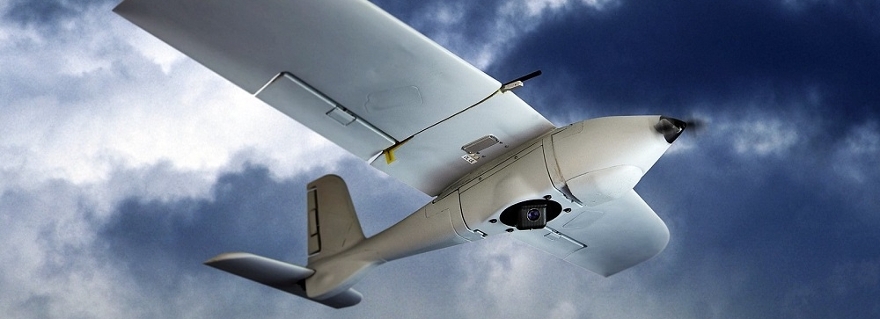
It is projected that in ten years time, ten percent of global civil aviation operations will be unmanned. Are the current international aviation laws and regulations up to these technological developments? Fernando Fiallos will defend his dissertation on 14 November 2019.
The emergence of unmanned aircraft systems (UAS) is radically shaping the future of international civil aviation, Fiallos says. 'Will unmanned aircraft (UA) ever routinely perform international commercial flights carrying passengers, freight and mail routinely? Will UAS enable new markets and spur economic growth and job creation worldwide? What are the current developments in this area? What should we be paying attention to? What are the legal challenges? This research aims to explore the current legal and regulatory frameworks from the angle of how they can facilitate the routine and cross-border operations of UAS.'
Prompt determination of answers
While the International Civil Aviation Organization (ICAO) is working to amend and create new Standards and Recommended Practices (SARPs) for the operation of UAS on cross-border flights, member States have already produced, and continue to produce, regulations that facilitate the integration and operation of these aircraft within their national airspace. This situation is undermining attempts to develop uniform and harmonized normative regulations for UAS for international flight operations. 'A prompt response to answers to the questions is necessary since technology is advancing and continuing to outpace law, while the potential for incidents involving UAS is increasing.'
This research aims to explore the legal regimes of airspace, the notion of aircraft, the concept of international air navigation in relation to international air transport and the regulatory regime of safety.Fiallos concludes that the principles of air law as laid down in the Chicago Convention apply to the cross-border operations of UAS. So any unmanned aircraft (UA) shall obtain prior authorization to fly over foreign airspace or land in the territory of another State, UA are free to fly over the airspace above the high seas and because UA have the nationality of the State of Registry, that State is responsible for the safe operation of the UA. In addition, the researcher has noted that because the UA industry continues to expand, so will the numbers of aircraft operating simultaneously. This scenario presents a tremendous challenge to States, ICAO and airspace planners, which will require innovative approaches to the management of air traffic, safety and security of UAS.
'More work is still to be done.' - Fernando Fiallos
Fiallos believes that the Chicago Convention provides, for the time being, the necessary legal framework to facilitate integration with international civil aviation of UAS controlled by remote pilots, but its annexes do require amendments to incorporate new specific Standards and Recommended Practices (SARPs) to make their operations safe. The safe integration of UAS will require innovative and holistic thinking to better understand where new regulations could support the safety, security and international harmonization of unmanned aviation operations.
The policy and rule-making process for UAS operations has been gradual and is expected to be a long-term activity. Efforts to produce regulations and harmonize the aviation legal regimes for the civil uses of UAS are moving forwards but remain in the early stages. More work is still to be done. These aspects justify more in-depth research in the field of air law - in areas such as UAS financing, civil liability for damage caused by civil UAS undertakings under international air law, economic regulations for international air transport using UA, aviation insurance for UAS and the emergence of autonomous aircraft with Artificial Intelligence (AI) in civil uses, among others.
Fascinating and promising
The author hopes to contribute to the legal thinking and continuing advancement of air law through the findings presented in this research. Air law has developed and grown along with the aviation industry and, over the years, it has kept pace with the evolution of aviation technology. Undoubtedly, air law will continue to evolve further as technological innovations emerge.
Since UAS is an activity in which the regulatory development is at an early stage, there is still room for more debate and legal reflections. Therefore, the future of this fascinating and challenging new field in civil aviation requires continuous analyses and in-depth research, which will play a significant role in defining the course of the unmanned aviation industry.
Supervisor Professor P.M.J. Mendes de Leon on the research of Fernando Fiallos:
'The topic of drones is the subject matter of numerous conferences and publications. Drones are frequently linked to military operations, but they can be used, and this is increasingly the case, for civil purposes.
Fernando Fiallos has conducted an in-depth study into this latter dimension in which he considers a future where cross-border unmanned aircraft are used to carry out commercial flights. In the first place he envisages that cargo, but later also passengers, can be transported in this way. This perspective gives rise to all kinds of legal issues which are clearly set out in his study. In doing so, he has provided innovative insights into the existing regime in relation to commercial aviation.'
Text: Floris van den Driesche






